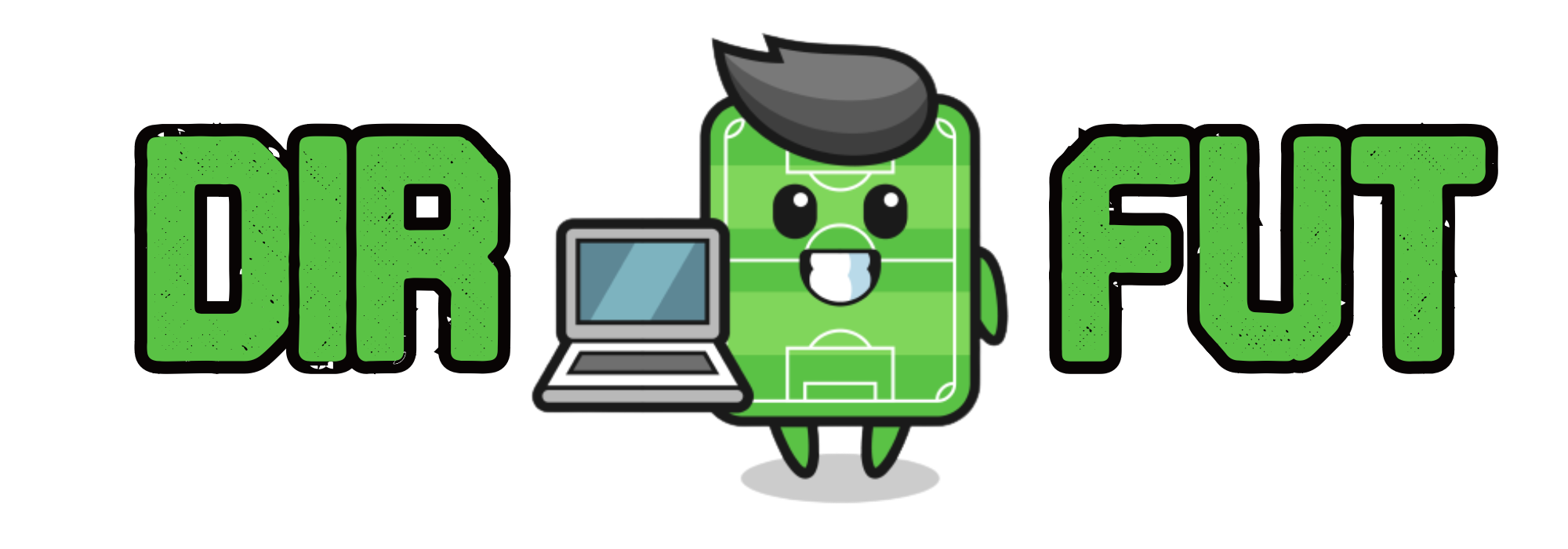
TACTICAL ANALYSIS: BARCELONA 1-2 REAL MADRID | XAVI VS BELLINGHAM
Let’s analyze El Clasico. Real Madrid pressing high in a 4-4-2 with Bellingham as the left winger. Barcelona easily got out of the press due to the gap between Real Madrid’s lines.


We can see it in this play, Vinícius, Rodrygo and Bellingham are pressing, but the rest of the team is too passive, leaving space to progress.

In possession, Barcelona played with 3 centre-backs, a double pivot formed by Gundogan and Gavi and a front 5 with Cancelo and Balde very high. João Félix and Fermín formed Barcelona’s box midfield, with Carvajal going out of position to cover the Portuguese, which forced Valverde to drop down to the defensive line.


In the play of the first goal Barcelona taking advantage of these weaknesses. Good carry by Araújo to take on Vinícius, easy pass to Fermín due to poor positioning by Bellingham, the distance between the lines allows Fermín to advance without opposition, Barcelona switching the play to the other side and due to how deep Valverde is, Íñigo has a lot of space in the opponents half to drive. Gündoğan combines with Ferran Torres who drops down to receive as we have seen so many times in recent games and a touch from Tchouaméni plus a bad tackle from Alaba allows Gündoğan to score.





After the goal, Ancelotti changes the structure, moving Bellingham to the middle of the field but Real Madrid’s problem continues due to pressing with few players, having Barcelona a 6v4 in the build-up, giving the center backs width. When Madrid was in a mid block the problems remained the same since few players continued to jump to press and as soon as Christensen created an angle he found a pass to a free player.


In possession, Real Madrid had no problems in the build up because Barcelona decided not to press high, waiting in a mid block. The 4-2-3-1 often turned into a 4-5-1, very compact, doing a great job Gavi. We see him here appearing between the lines, chasing Bellingham, giving support in the flanks when the full-backs had problems or being the player who tracked Bellingham when he attacked the space behind the defensive line.





Gavi also had time to give support in the transitions due to a good decision on the part of the Barcelona centre-backs, not moving wide to defend the 1v1’s on the wings, slowing the play, having time the midfielders to arrive, creating superiority.

A problem for Real Madrid in possession was the position of Vinícius, always in the central channel, playing little on the wing, allowing Barcelona to defend narrowly since there was no one to threaten on the left.

We see it here, Barcelona’s mistake with Cancelo too close to Araújo, but with Vinícius on the edge of the box, no one on the left arrives in time, since Mendy isn’t a big threat. The few times that Real Madrid found Vinicius with long balls was when he drifted wide, although the Brazilian wasn’t decisive as he is far from his best level after the injury.


Barcelona had several promising attacking transitions, because of Madrid’s lack of coordination in the counterpressing, allowing passing lanes and very dangerous 1v1’s in the counterattacks.


In the second half, Ancelotti intervened, first changing the structure in possession, playing Tchouaméni more advanced and with Kroos leading the team, taking advantage of the fact that Barcelona didn’t press high, although Real Madrid couldn’t find a way to do damage.

The first substitution was Camavinga who was important with the ball, although defensively it was a big weakness as Barcelona looked to isolate Cancelo on the right side. With the entry of Joselu and Modric in the 63rd minute the game changed completely, playing Real Madrid in a 4-3-3.


More possession for Madrid in the final third and in a great shot by Bellingham, Ter Stegen had no vision, Real Madrid tied the game. Xavi brought on Oriol Romeu, Lamine Yamal and Raphinha but the midfielder was very slow, Raphinha created fewer threats to Camavinga than Cancelo and Lamine Yamal as a left winger lost all of his potential, not giving Xavi solutions from the bench.


With Modric growing in the game, the decisive goal came in stoppage time. Pass from Rudiger to Carvajal, the right back with a top performance, here he receives with a lot of space. Balde hesitates whether to go out of position to block the cross or cover Modric’s movement in the gap between full-back and center-back.

And in the only play in which Gavi chose poorly defensively, the Barcelona block collapsed. Gavi decides to go help Balde, who didn’t need it since no Barcelona player is close enough to Carvajal. Gavi frees Modric, the cross is deflected by the Croatian preventing Iñigo from defending the play, Joselu pins Christensen and Oriol Romeu doesn’t track Bellingham scoring the English player the decisive goal.

Barcelona was the better side in the first half but Modric and an unstoppable Jude Bellingham were enough to achieve the comeback to win El Clasico.


